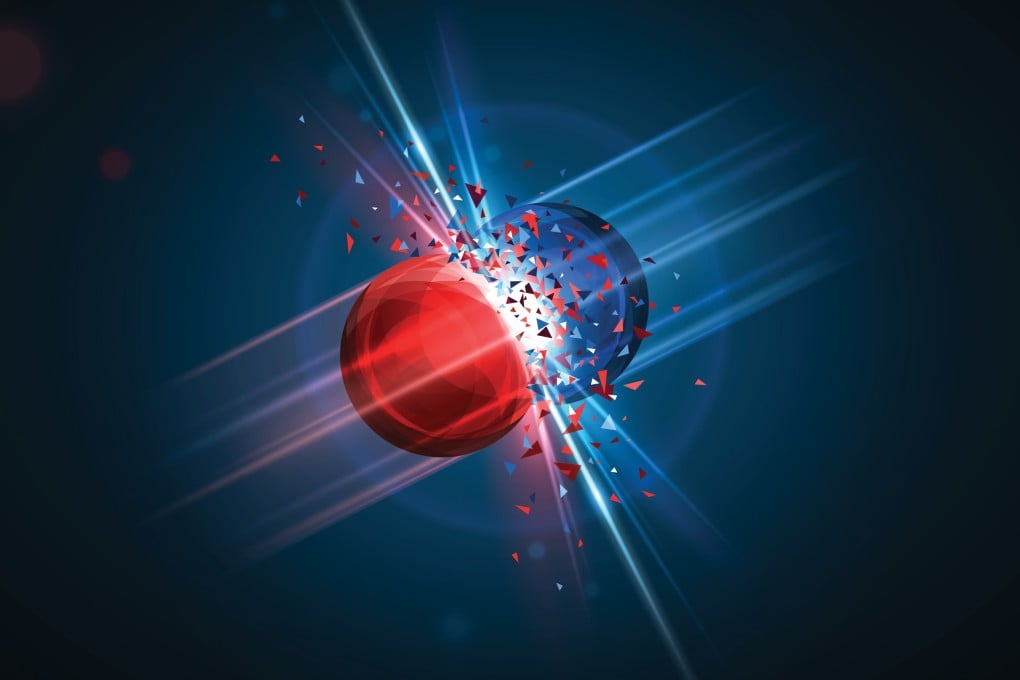‘Two sessions’ 2024: China’s construction of the world’s largest particle collider may start in 2027
- The Circular Electron Positron Collider, known as a Higgs factory, will take a decade to build and become the next global centre of particle physics: Wang Yifang
- Since first proposed in 2012, there have been doubts over the high cost and technical readiness of the CEPC project

Construction of the world’s largest particle collider could begin in China in three years, although it must still win government approval and secure funding, a leading scientist said.
The 36 billion yuan (US$5 billion) Circular Electron Positron Collider (CEPC), also known as a Higgs factory, will take about 10 years to build and become the next global centre of particle physics, according to Wang Yifang, director of the Institute of High Energy Physics in Beijing.
By accelerating electrons and their antiparticles – positrons – in a 100km-long (62-mile) underground tunnel to extremely high energies and smashing them into each other, the CEPC will create millions of Higgs bosons and allow scientists to make new discoveries beyond the Standard Model – our existing best theory to describe the basic building blocks of the universe.
The ambitious project would also help China rise into a world leader and “pacemaker” in the field of high-energy physics, Wang told the Global Times during the National People’s Congress on Thursday.
He said the CEPC “technical design report” – which took more than 1,000 scientists from 24 countries five years to compile – had passed an international review and was met with “overwhelming feedback” from the physics community when it was released in December.
The report, together with numerous prototype devices built and experiments run by his team in the past decade, “proved our ability to design and build such a large scientific facility”, he said.
The CEPC concept was first proposed by Wang and his colleagues in 2012 after the Higgs boson – the “God particle” that gives almost all other particles their mass – was discovered using Europe’s Large Hadron Collider (LHC).

